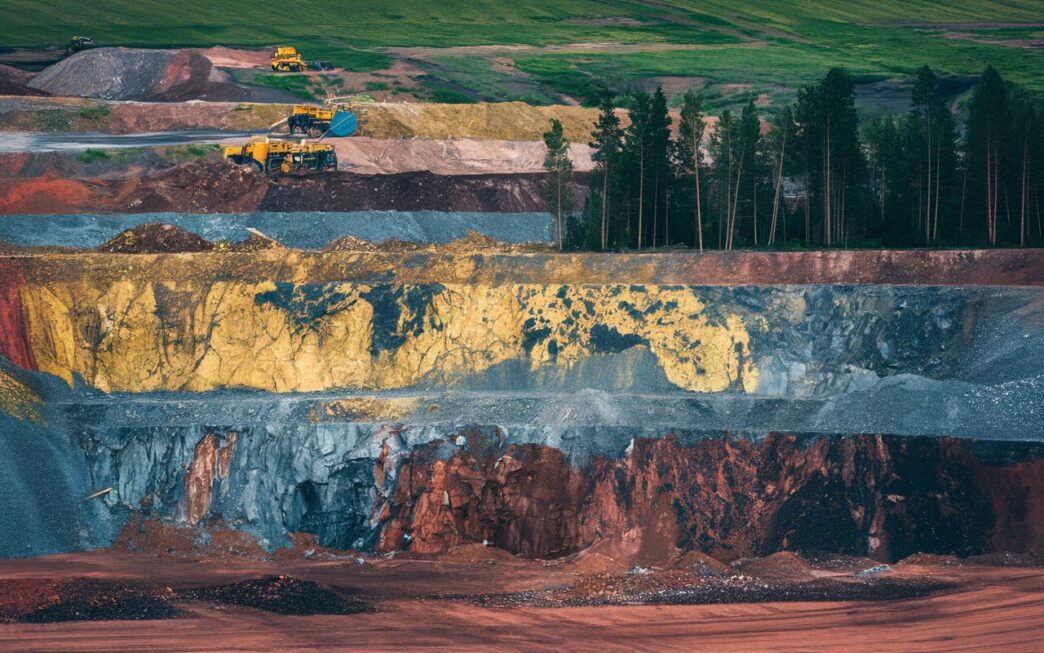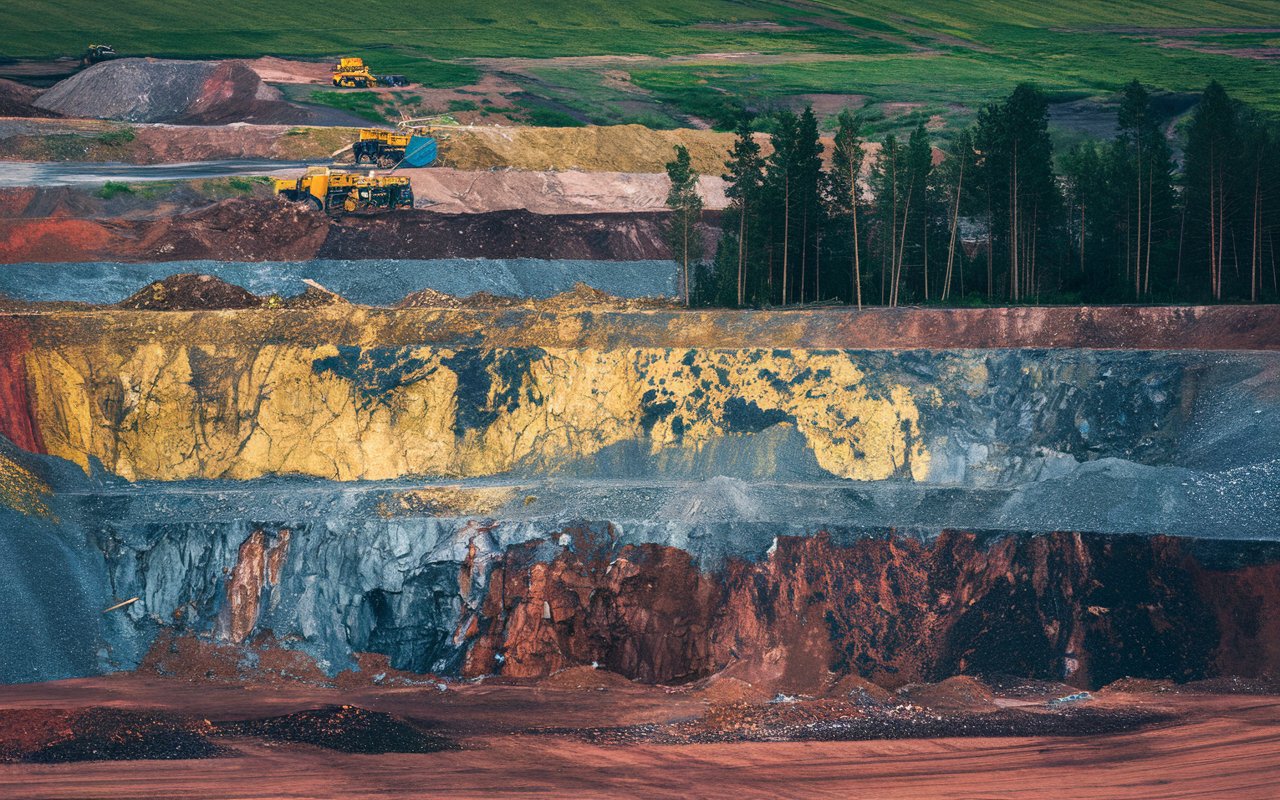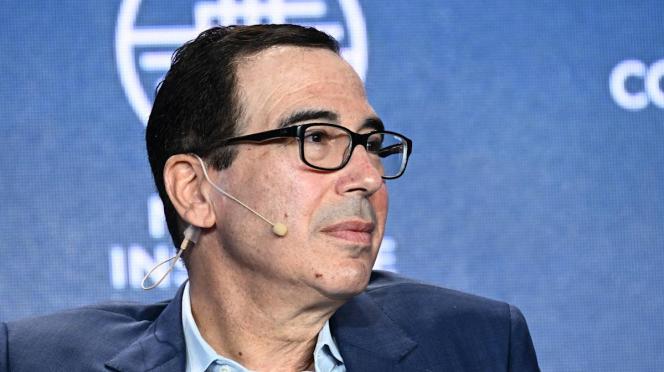Table of Contents Show
As Western Nations Race to Secure Supply Chains, New Players Emerge in the Critical Minerals Arena
In 1949, prospectors discovered monazite deposits in Mountain Pass, California, launching America’s rare earth dominance for decades to come. Today, we’re witnessing a similar pivotal moment as Western nations scramble to establish rare earth supply chains independent from traditional sources. The parallels are striking, but the stakes in 2024 are exponentially higher.
Market-Moving Event: MP Materials Doubles Processing Capacity
Last quarter’s announcement of MP Materials’ $200M processing facility expansion marks the largest domestic investment in rare earth processing capabilities since the 1960s. Drawing parallels to Molycorp’s initial processing breakthroughs, this development could shift the supply dynamics for Neodymium and Praseodymium—critical elements for EV motors and wind turbines. Initial estimates suggest a 25% reduction in processing costs through proprietary metallurgy advances.
Upcoming Catalyst: Australian Geological Survey Results
Next month’s release of the comprehensive Australian rare earth deposit survey could reshape our understanding of viable deposits outside China. Early indicators point to significant heavy rare earth concentrations in the country’s northern territories. Let’s dive into the seven developments transforming this critical sector:
1. Advanced Extraction Technologies Unlock Lower-Grade Deposits
The implementation of continuous ion exchange processing has reduced extraction costs by 35% compared to traditional methods. Operations like Lynas Rare Earths are achieving 92% recovery rates from deposits previously considered economically unviable. What does this mean for supply projections? We’re looking at potentially 40,000 additional tonnes of rare earth oxides annually by 2026.
2. Vertical Integration Reshapes Supply Chain Economics
Leading producers are increasingly controlling their value chain from mine to magnet. Pentagon contracts worth $120M for domestic processing capacity demonstrate the premium markets place on supply security. Average CAPEX requirements for vertical integration: $450M-600M per facility.
3. Environmental Innovation Drives Social License
Zero-liquid discharge systems and dry-stack tailings management are revolutionizing rare earth mining’s environmental footprint. Operations implementing these systems report 60% reduced water consumption and 80% smaller physical footprints. Key metrics:
- Water recycling rates: >95%
- Energy efficiency improvements: 40%
- Carbon intensity reduction: 25%
4. Geopolitical Pressures Accelerate Western Development
Recent trade restrictions have catalyzed $3.2B in Western investment commitments for rare earth development. Grade quality comparison:
- Mountain Pass: 8.6% rare earth oxide
- Australian projects: 2.5-4.8% rare earth oxide
- Emerging African deposits: 3.1-5.2% rare earth oxide
5. AI-Driven Exploration Uncovers New Deposits
Machine learning algorithms analyzing geological data have identified 23 new potential rare earth deposits across North America. Success rate of AI-guided exploration: 3.2x higher than traditional methods.
6. Processing Innovations Reduce China Dependency
Breakthrough separation technologies using quantum dots show 99.9% purity levels for heavy rare earths. Capital costs for new processing facilities utilizing these methods are 40% lower than conventional plants.
7. Circular Economy Solutions Emerge
Urban mining initiatives targeting end-of-life products could supply 15% of rare earth demand by 2027. Recovery rates from recycling:
- Magnets: 85-92%
- Catalysts: 76-88%
- Electronic components: 65-72%
Looking Ahead
The rare earth sector stands at a historic inflection point. As electrification accelerates and geopolitical tensions persist, securing reliable rare earth supplies becomes increasingly critical. The next 18 months will likely determine which operations emerge as key players in the restructured global supply chain.
Are you positioned to capitalize on this transformative period in rare earth markets? The window for strategic positioning is rapidly closing as major consumers lock in long-term supply agreements.
References & Further Reading
- U.S. Geological Survey. (2023). “Mineral Commodity Summaries 2023: Rare Earth Elements.”
- International Energy Agency. (2023). “Critical Minerals Market Review Q4 2023.”
- MP Materials Corp. (2023). “Annual Report,” Form 10-K.
- Lynas Rare Earths Ltd. (2023). “Sustainability Report 2023.”
- Department of Defense. (2023). “Strategic and Critical Materials Report to Congress.”
- Australian Government Department of Industry, Science and Resources. (2023). “Critical Minerals Outlook.”
- Nature Sustainability. (2023). “Advances in Sustainable Rare Earth Processing.” Vol. 6, pp. 142-156.
- Journal of Cleaner Production. (2023). “Life Cycle Assessment of Rare Earth Processing Technologies.” Vol. 390.
- Mining Engineering Journal. (2024). “AI Applications in Mineral Exploration.” Vol. 76, Issue 1.
- Resources Policy Journal. (2023). “Global Rare Earth Supply Chains: Geopolitical Implications.” Vol. 80.
Disclaimer: Market analysis and projections are based on available data and industry expertise. All investments carry risk, and past performance does not guarantee future results. Readers should conduct their own due diligence before making investment decisions.










